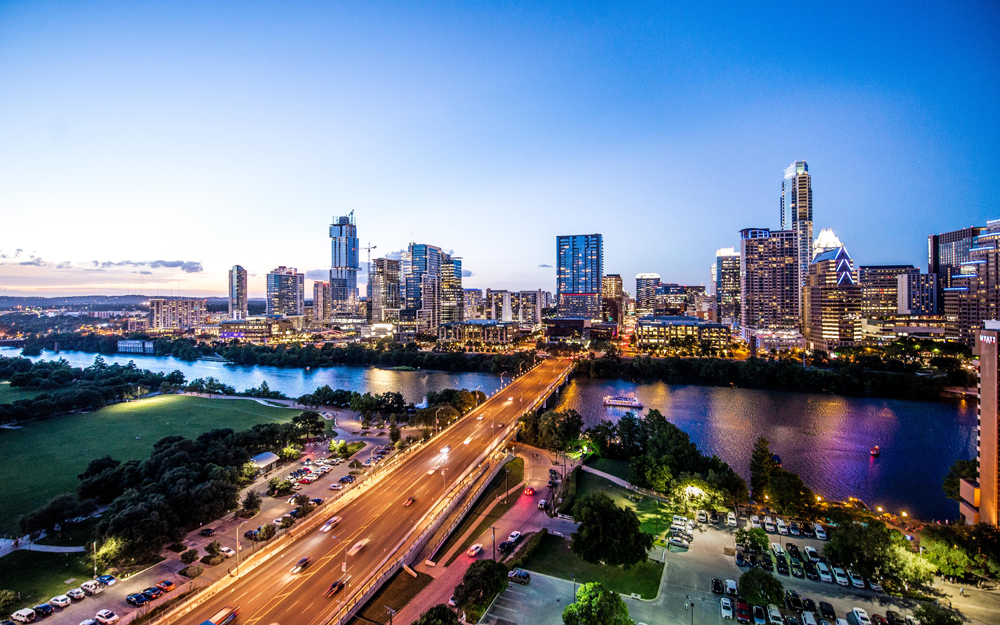
Austin City Council Moves Forward With Tax Increase Measures
Council also announced two transportation measures that will be on the ballot in November.
By Bethany Blankley | The Center Square
The Center Square – After Austin City Council members imposed strict shutdown policies that led to more than 130,000 city residents losing their jobs, council members are proposing measures to increase taxes and spending.
Austin City Council adopted the city’s budget for its next fiscal year on Thursday. It also announced two transportation measures that will be on the ballot in November.
Proposition A would increase property taxes by an additional 8.75 percent to fund the initial phase of a $7.1 billion transit program, called Project Connect. The Capital Metropolitan Transportation Authority has developed the project over the last two years to create a high-capacity regional transit system.
If passed, Proposition A would increase the median property tax by roughly $440.
The additional property tax is assessed at $100 of the taxable value on the city portion of residents’ property tax bill. Capital Metro is expecting to receive federal funds to pay for 45 percent of the project. It includes two light rail lines, Orange and Blue.
The Orange Line would run from North to South Austin through the University of Texas. It would run downtown along major corridors like Lamar Street, Guadalupe Street, and South Congress Avenue. The Blue Line would reach Southeast Austin and Austin-Bergstrom International Airport from North Austin.
The project includes building a downtown transit tunnel between Republic Square and the Austin Convention Center as a convergent point for the lines.
It also calls for a third light rail line, would eventually upgrade the existing commuter rail lines, features park-and-rides, and would expand bus and circulator service.
Austin Mayor Steve Adler tweeted that Project Connect is a “comprehensive transit system that will ease traffic, get essential workers to jobs, help our climate, and much more.”
The current rail line in Austin is already used by far fewer people than the amount projected by the Capital Metro transportation agency. The agency estimated that 17,000 people would ride the metro every day by 2025. But in 2018, only 3,000 of Austin’s 2 million had used it consistently, according to Austin Monthly.
Our Mobility Our Future, a coalition of “taxpayers, home-owners, renters, business owners, and transportation policy wonks,” have mobilized a movement to educate residents about the costs to defeat the proposition.
“We’re worried about costs, we’re worried about displacement, we’re worried about efficacy, and we feel there’s not been enough scrutiny of what’s looking to be a nearly $10 billion plan,” Tori Moreland, a spokesperson for the group, said. “Light rail is a very expensive way to move very few people.”
Proposition B is a $460 million bond proposition designed to fund alternative transportation like sidewalks and bike lanes and make improvements to the Longhorn Dam. Details have only recently become available about the measure.
The Austin American-Statesman reported on how the total would be spent: $80 million to fund sidewalks, $80 million to develop urban trails, $40 million to create bike lanes, $65 million to go to a Vision Zero traffic safety plan, $20 million to Safe Routes to School infrastructure, and $53 million to make improvements to substandard streets, including Ross Road, Johnny Morris Drive, Cooper Lane, Circle S Road, and Nuckols Crossing Road.
Last month, the council also passed an ordinance fining residents who don’t follow coronavirus-health protocols of up to $2,000 per violation. As a result of its most recent vote to defund the police budget by $150 million, the money will be redistributed to fund city operations and cover budget holes.
The council was able to increase property taxes by only 3.5 percent this year in its regular budget process after the state legislature implemented tax reform. The new law caps how much local governments can raise taxes without first gaining voter approval.
In January 2019, more than a year before the coronavirus shutdowns began, one-third of Travis County households, and 42 percent of Austin households, were already struggling to make ends meet, according to an analysis published by United Way. The study found an overall disparity in costs of living and wages statewide – despite low unemployment at the time.
“These are people who are working hard and working full-time,” David C. Smith, president of the United Way for Greater Austin, said at the time. “They’re just still barely getting by and struggling.”
The tax-heavy environment resulted in 50 businesses closing their doors downtown between 2017 and 2019, Texas Scorecard reports. Local businesses that had been there for decades, including culture-defining establishments like Threadgill’s World Headquarters, The Frisco, and Hill’s Café, have closed.
Over a period of 10 years, the council also raised property taxes by 8 percent every year. In 2008, the median homeowner paid $705 in property taxes. By 2020, that number increased to $1,400.
By December 2019, Jacob Asmussen, Central Texas Bureau Chief at Texas Scorecard, pointed out that the City Council had already wasted $1 billion of taxpayer money on an ill-advised biomass power plant. The plant produced energy for six months and was then shut down. Taxpayers were not refunded the money spent on the failed project.
The City Council also overspent $140 million on a flawed tunnel, $450,000 on two public toilets, and $115,000 to clean one public toilet, among other failed projects, he notes.







No. Absolutely tone deaf. Who the heck is voting this in?